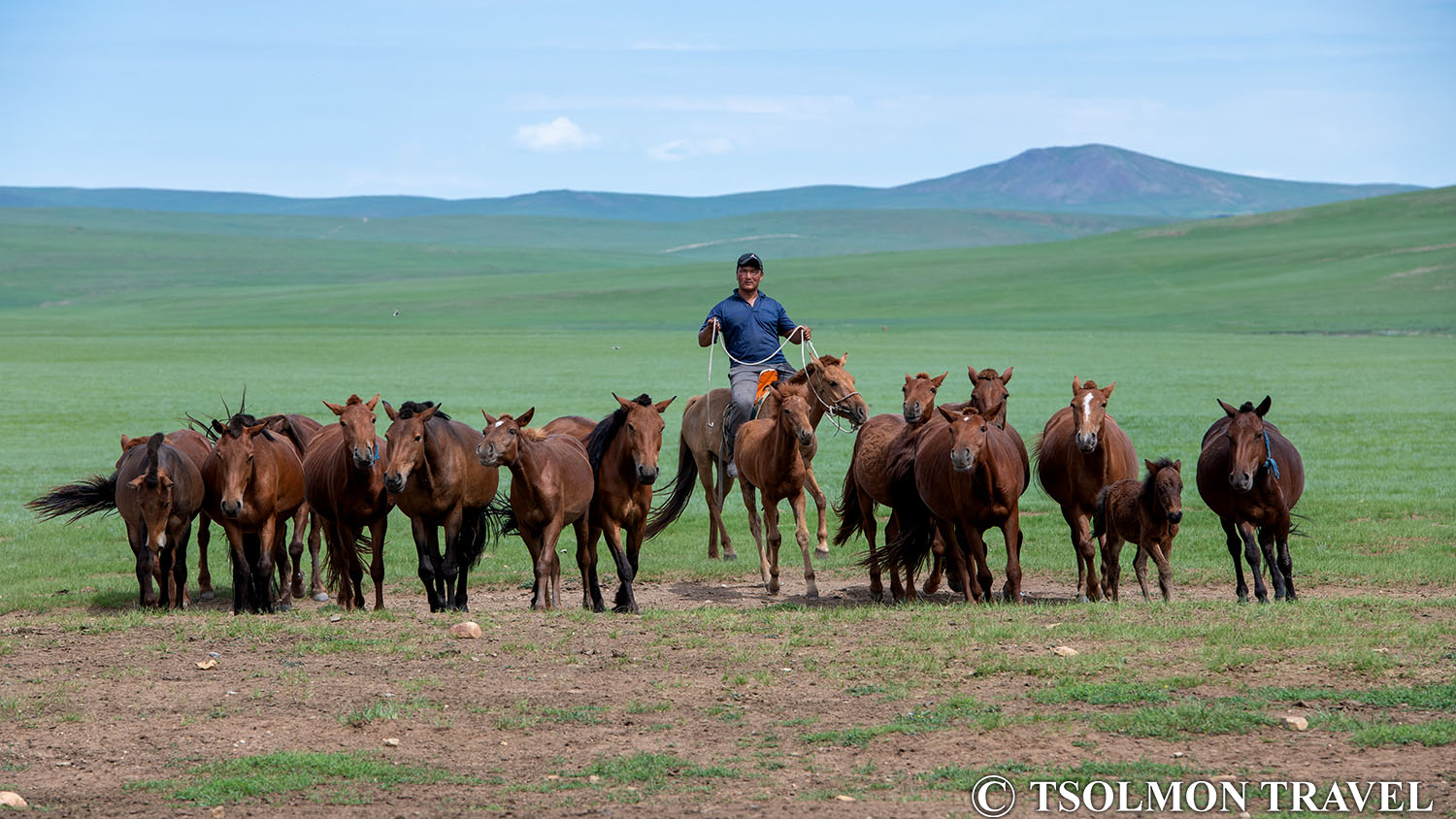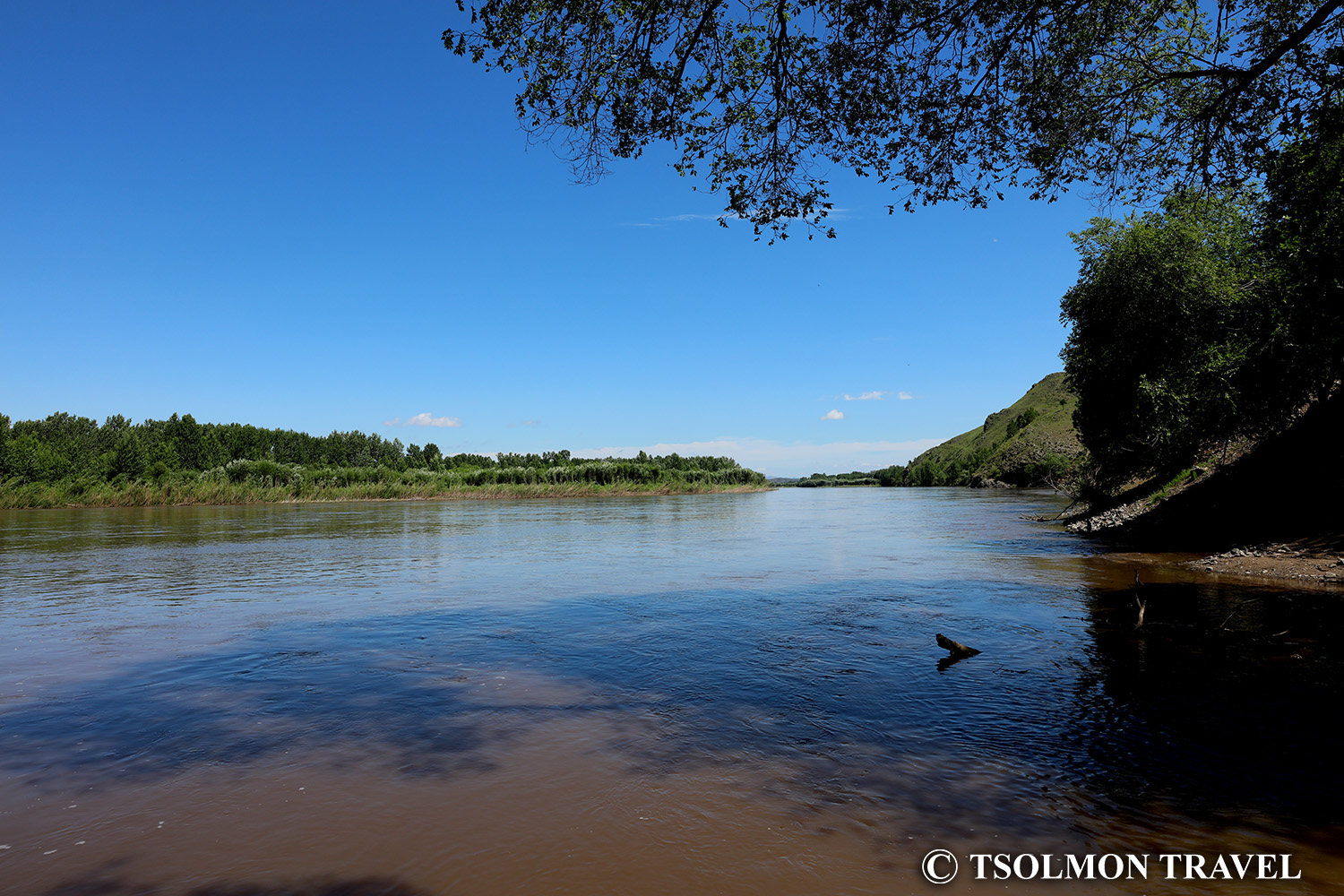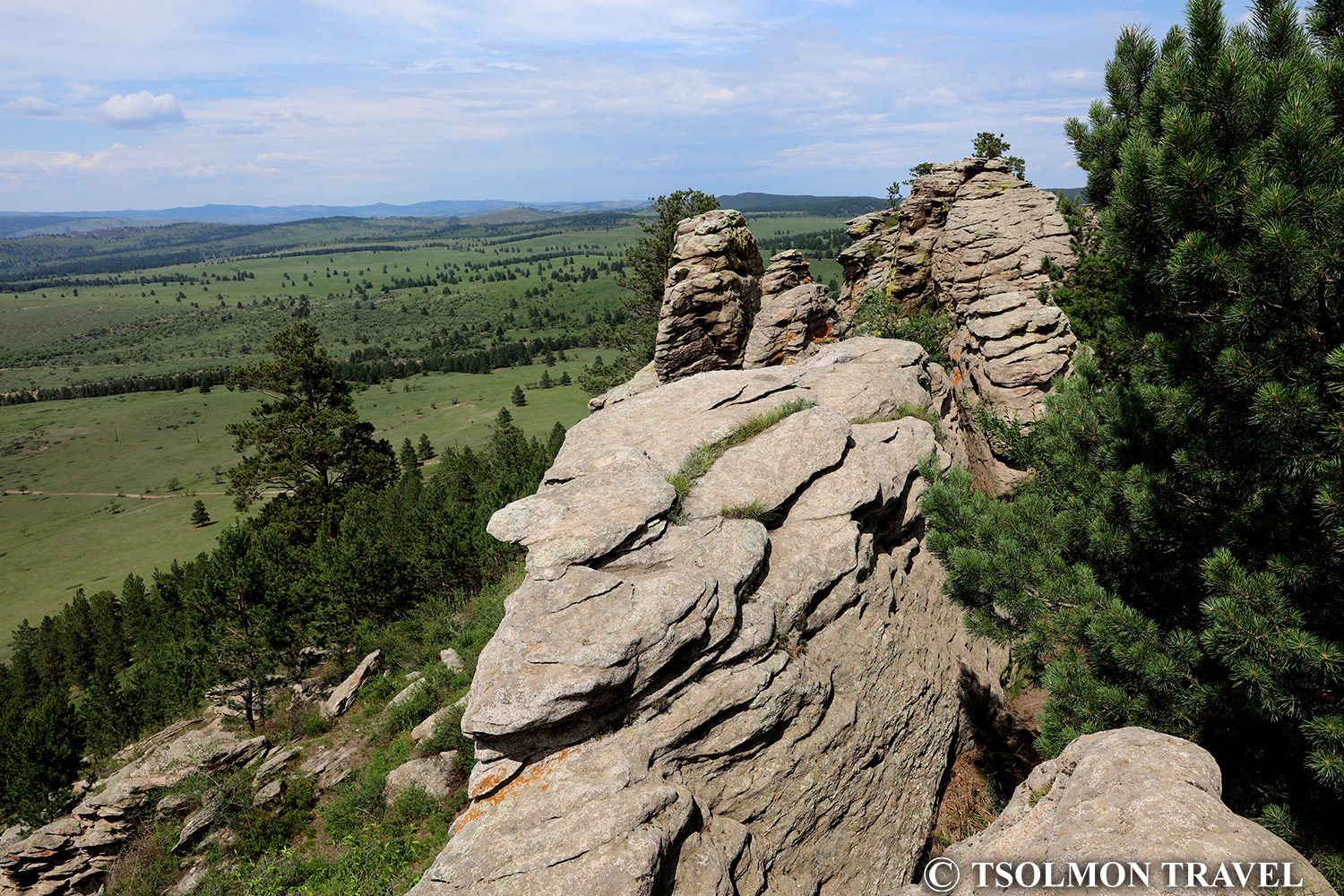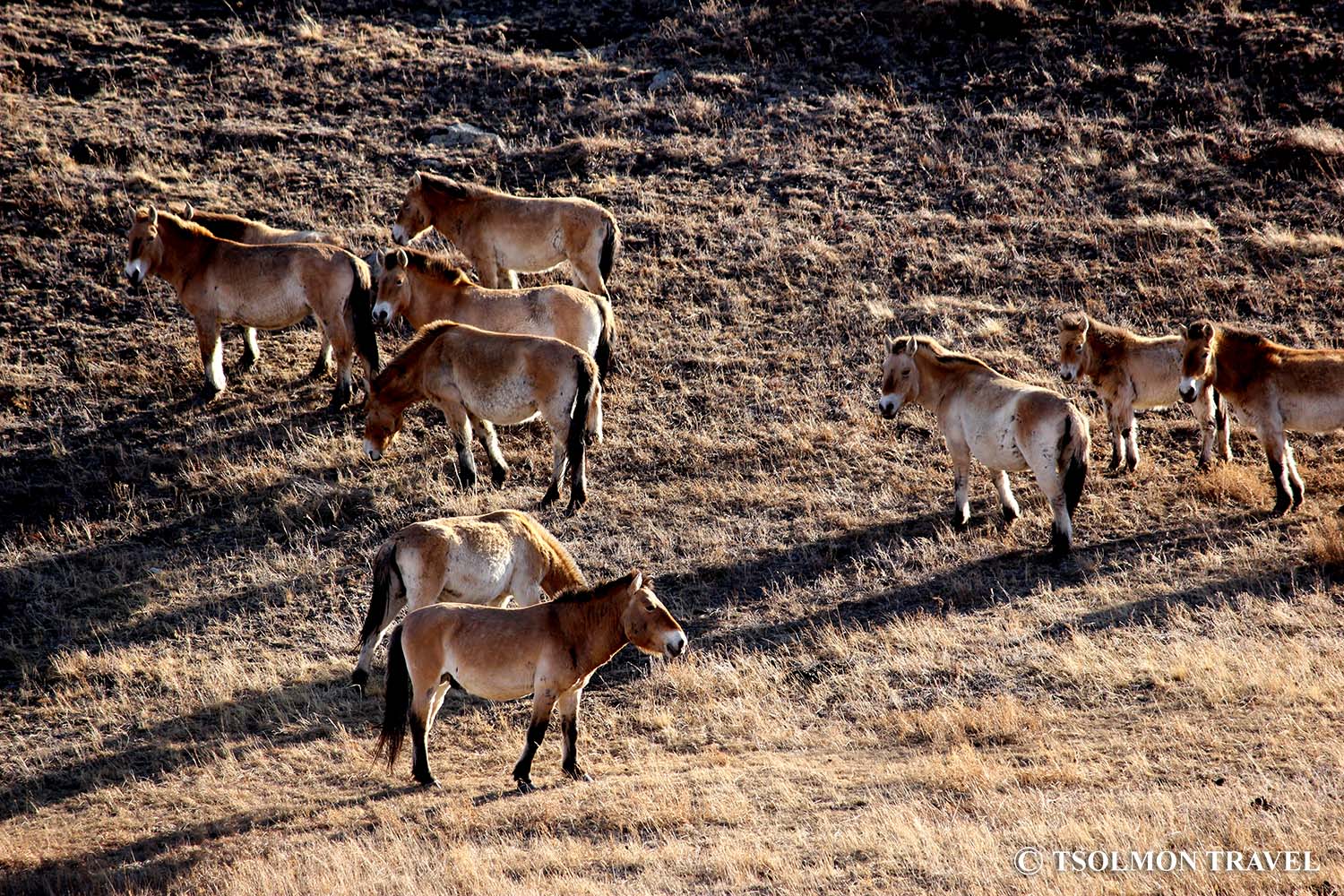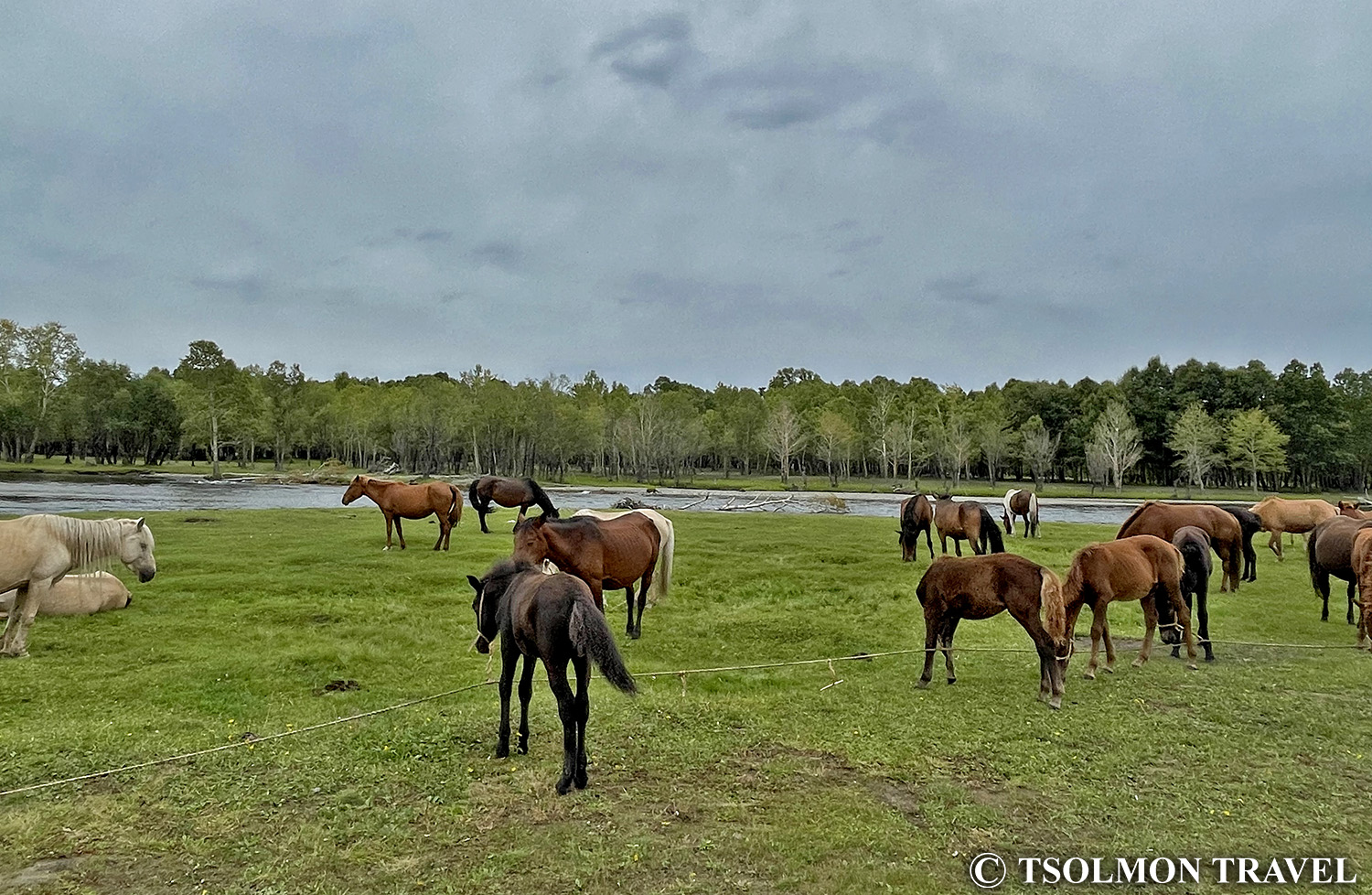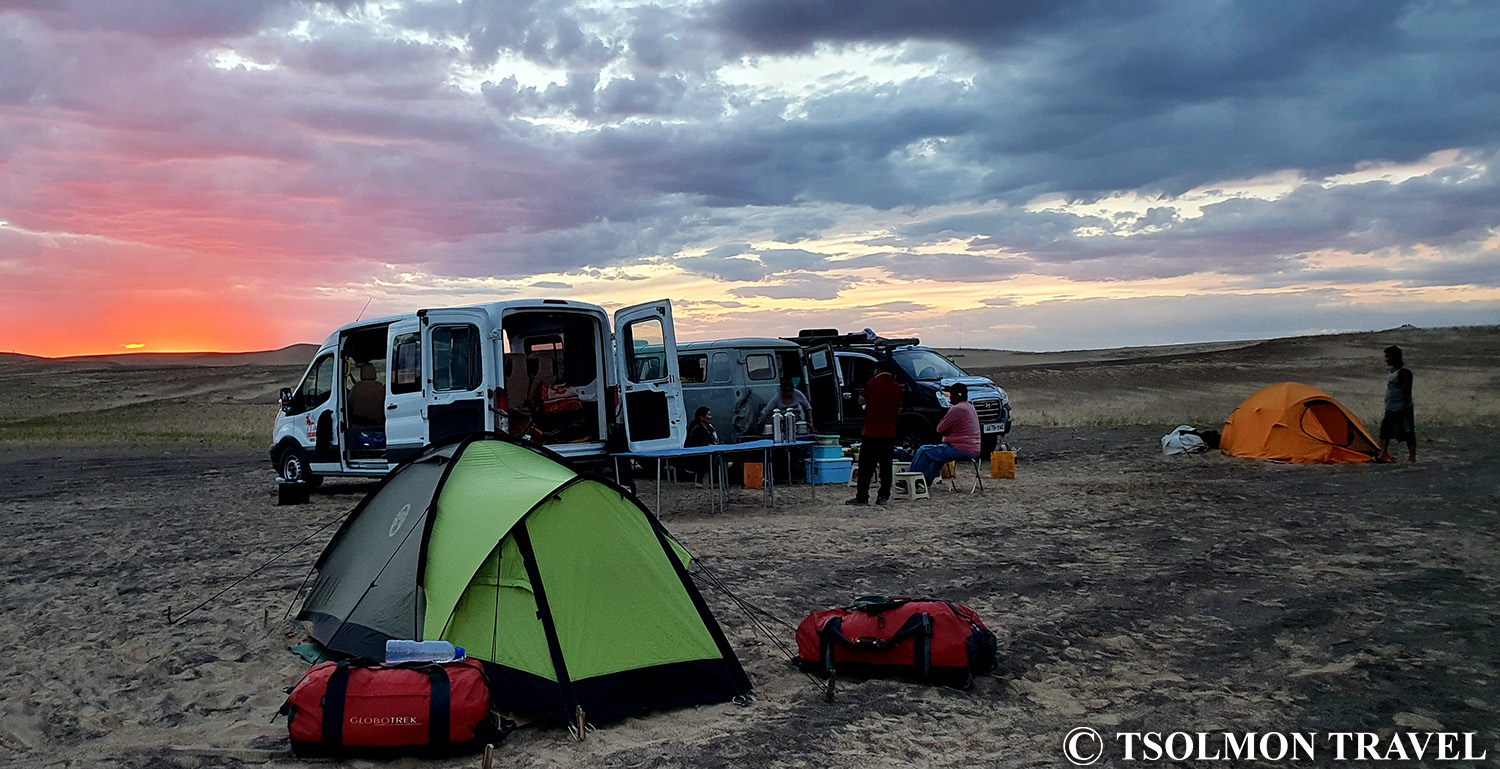Nature & Geography

NATURAL ZONES
HIGH MOUNTAIN ZONE
Mongolia is a mountainous country. The Mongolian Altai and Gobi Altai Mountain ranges extend across nearly two-thirds of the nation's breadth. In the center of the country, the Khangai mountains divide Asia's continental watershed with the rugged and uninhabited Khentii mountains.
Climate in the high mountain zone is extreme with strong winds, extreme cold temperatures, and a short growth season. Relatively few species are adapted to these harsh conditions. Located above tree line the zone is characterized by tundra, alpine-sedge meadows, highland swamps, and lichen-covered boulder fields.
 TAIGA (FOREST) ZONE
TAIGA (FOREST) ZONE
Mongolian taiga zone that covers about 5% of Mongolia, experiences good precipitation (300 to 400 mm annually) and lower temperatures than most of the country with cold, snowy winters and cool, rainy summers. The taiga remains largely undisturbed in view of some mining and timber logging developments.
 MOUNTAIN FOREST STEPPE ZONE
MOUNTAIN FOREST STEPPE ZONE
In the mountain forest steppe zone, the species of Siberian taiga meet those of the Central Asian steppe. Mixed coniferous forest is found on cooler, moister northern slopes while steppe vegetation predominates on other slopes. Providing habitat for species from both the steppe and the taiga, this zone has a high level of biological diversity. Wide river valleys separate the hilly terrain characteristic of this zone. The mountain forest steppe zone covers about 25% of Mongolia and is one of the most heavily populated areas. Its pastures, wood, and water are significant attributes for herders and their livestock that contribute to making this area a densely populated urban settlement.
 STEPPE ZONE
STEPPE ZONE
Steppe covers nearly the entire far eastern part of Mongolia extending west in a narrowing band just south of the Khangai and Khan Khokhii mountains all the way to the Depression of the Great Lakes. Varying from gently rolling terrain to areas as flat as a table, this " sea of grass " covers over 20% of surface area. Mongolia's steppe lies in the eastern part of the vast plain that begins in eastern Europe and reaches to the steppes of Manchuria. The steppe zone includes a distinctive group of flora and fauna. In the central and western areas of the country the steppe provides many of the nation's most important grazing pastures for domestic livestock. Here, one of the world's largest remaining examples of an undisturbed steppe ecosystem provides a home for hundreds of thousands of Mongolian gazelles and a diverse array of migratory birds.
 DESERT STEPPE ZONE (SEMI-DESERT)
DESERT STEPPE ZONE (SEMI-DESERT)
Desert steppe occupies a large band of more than 20% of the surface area extending across the country between the steppe and desert zones. This zone includes the Depression of the Great Lakes, the Valley of the Lakes, and most of the area between the Khangai and Altai Mountain ranges as well as the eastern Gobi area. The zone includes many low-lying areas, soils with salt pans, and small ponds. The climate is arid with frequent droughts and annual precipitation of 100-125 mm and frequent strong winds and dust storms affecting the area vegetation. Many of Central Asia's endemic plant species are found here as well as some steppe and desert species of plants and animals.
DESERT ZONE
These areas provide habitat for many of Mongolia's threatened species including the wild camel, Gobi bear, and wild ass. Dzungarian Gobi (the western Gobi) has a unique composition of animals and plants. Ancient fossils prove that the Gobi was once part of a large inland sea basin.
Climate is extreme. Precipitation may fall only once every two to three years averaging less than 100 mm annually. Temperatures climb as high as 40° C in summer and fall as low as -40° in winter. During spring and fall, dangerously strong winds buffet the area with dust storms and wind speeds up to 140 km/hour.
 Flora Fauna
Flora Fauna
FLORA
Mongolia’s diverse and distinctive vegetation includes an important part of Asia’s plant life. Species representative of Siberian coniferous taiga forest, Central Asia’s steppe and desert, and the Altai and Sayan mountains can all be found here. Steppe plants from Kazakhstan grow beside Manchurian steppe flowers. More than 3,000 species of vascular plants, 927 lichens, 437 mosses, 875 fungi, and numerous algae have been recorded. Many other species, however, remain to be classified. Mongolian flora includes almost 150 endemic plants and nearly 100 relict species. Over 100 plant species are listed in the Mongolian Red Book as rare or endangered.
FAUNA
Like its vegetation, Mongolian fauna represents a mixture of species from the northern taiga of Siberia, the steppe, and the deserts of Central Asia. Fauna includes 136 species of mammals, 436 birds, 8 amphibians, 22 reptiles, 75 fish, and numerous invertebrates.
Species endemic to Central Asia are found primarily in the Gobi and desert steppe including the Mongolian subspecies of the saiga antelope Saiga tatarica mongolica, four species of jerboa (long-eared jerboa Euchoreutus naso, Kozlov’s pygmy jerboa Salpingotus kozlovi, Mongolian jerboa Stylodipus andewsi, Gobi jerboa Allactaga bullata) and a vole (Brandt’s vole Lasiopodomys brandti) that are endemic to Central Asia. The birds include the Altai snowcock. Tetraogallus altaica, and Kozlov’s accentor Prunella kozlovi. Central Asian endemic reptiles consist of eight species. Endemic fish include the Altai Osman Oreoleucicus potanini and the Mongolian grayling Thymallus brevirostris. Numerous globally threatened and endangered species are found in Mongolia.
 Eng
Eng
 Ger
Ger




